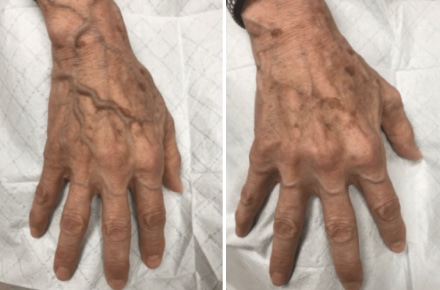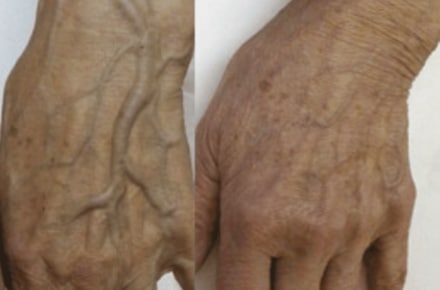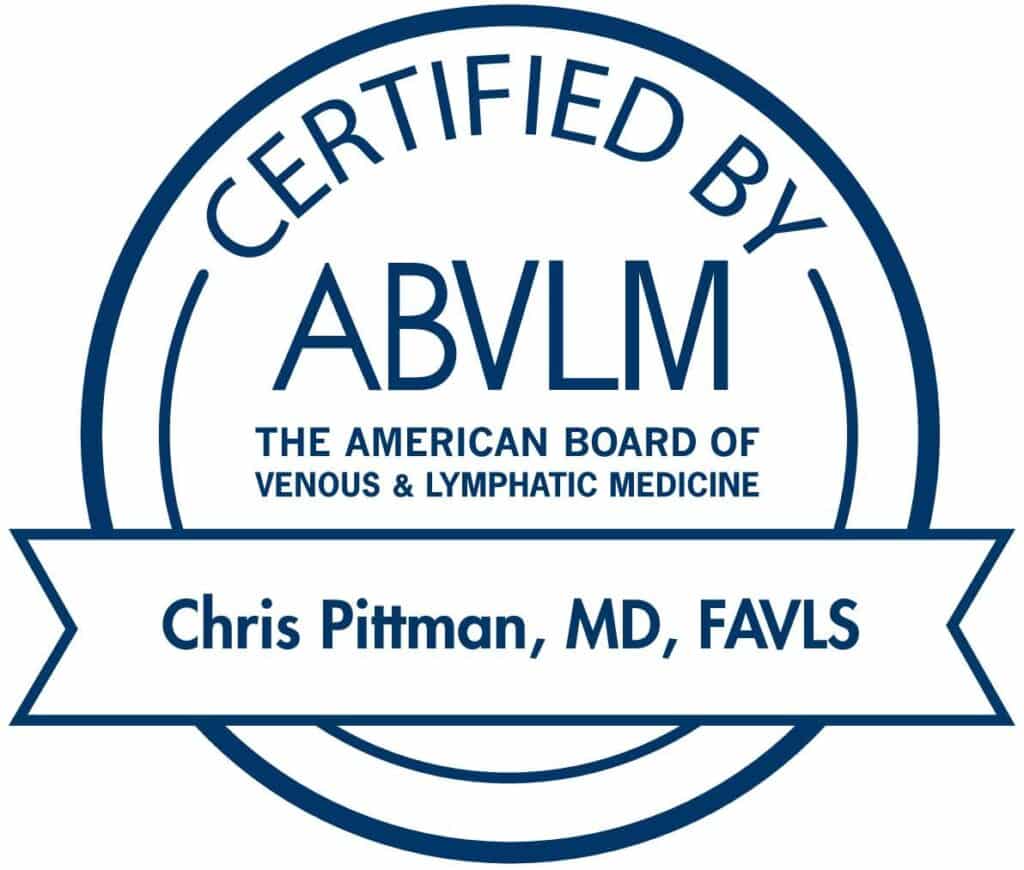What Are Bulging Hand Veins?
Pregnancy increases hormone levels and blood volume, which causes veins to enlarge.
Bulging hand veins are typically age related.
Our skin relaxes and thins over time causing your hand veins to become more noticeable and appear enlarged. Better than fillers injected around your veins, just get rid of them totally! Our nonsurgical treatment is quick and virtually painless.
These are usually normal, healthy veins that have become more visible. They aren’t necessarily diseased and usually don’t cause pain, but they can be unattractive to those who have them them on the back of their hands. Many people seek to have their prominent hands veins and varicose veins of the hand treated for cosmetic reasons. The future of vein care is available today with Vein911® Vein Treatment Centers comprehensive, bulging hand vein treatment plan. Vein911® Vein Treatment Centers treatment protocol, which utilizes foam sclerotherapy, is a unique combination of techniques that has proven outcomes.



What is Sclerotherapy?
Sclerotherapy is a popular method of eliminating varicose veins and spider veins (superficial telangiectasia) in which a solution (sclerosing agent) is injected into the vein.
Sclerotherapy is the injection of a solution that irritates the lining of your spider vein blood vessel. This causes the spider vein to die and then it takes months for your body to absorb the dead spider veins.
Vein911® Vein Treatment Centers secret for world-class cosmetic results is foam sclerotherapy. Liquid sclerotherapy is more commonly performed, however, foam allows us to eliminate your veins more effectively, with fewer treatment sessions than other treatment centers. Foam sclerotherapy is an extremely effective procedure that eliminates the exact source of varicose and spider veins, takes only minutes and is nearly painless to perform. No anesthesia is necessary because the needle used for injections is so small
Is Foam Sclerotherapy For Everyone?
Foam Sclerotherapy is very effective and the majority of people who complete their initial sclerotherapy treatment, will see immediate results. Foam Sclerotherapy is the treatment we use for bulging hand veins because its quick, practically painless and patients walk away seeing immediate results.
How Many Treatments Are Needed?
Foam Sclerotherapy is very effective and the majority of people who complete their initial sclerotherapy treatment, will see immediate results. Foam Sclerotherapy is the treatment we use for bulging hand veins because its quick, practically painless and patients walk away seeing immediate results.
How Long is Recovery?
Our award-winning, nationally recognized 30 minute treatments make recovering a breeze. After treatment, you may resume normal activities immediately following your foam sclerotherapy injections, however, for best results, a compression wrap can be worn for up to 24 hours. Treated areas may be slightly tinder, red, and mild bruising is normal for several days.
Don’t I need my hand veins for a hospital IV? Wouldn’t it be dangerous to get rid of my hand veins if I need an emergency IV?
The quick answer is no.
Interventional Radiologists, like Dr. Pittman, are the first physicians to be consulted when there is a vein access issue in a hospitalized patient.
Critical IV access is almost always obtained in larger visible veins, or more often these days with tools like ultrasound guidance, in the elbow crease, upper arm, or even the shoulder, neck and groin areas.
The WORST place for critical IV access is the back of the hand as these veins are typically too small and they are prone to rupture and extravasation.
Many patients do not have accessible hand veins for many reasons unrelated to cosmetic hand vein removal including they were born with tiny hand veins and these patients are not at any more risk than someone who has easily accessible hand veins.
Emergency IVs for patients in the field being transported by ambulance are increasingly being fluid resuscitated using “Interosseous Infusion”:
Due to the rapid advance and adoption of superior intraosseous access technology, IO access has now become the preferred method of establishing vascular access for patients in whom traditional access is difficult or impossible. This includes patients experiencing cardiac arrest, major trauma, airway compromise, severe dehydration, and/or hypoperfusion (shock). IO is also an alternative route for patients who typically have poor peripheral vasculature or challenging vascular access such as diabetics, renal patients, burn victims, IV drug users, obese patients, dehydrated patients, the very young or elderly patients, and others. Many EMS services and hospitals are now using IO as their first line solution for vascular access in both adult and pediatric cardiac arrest victims, enabling administration of lifesaving drugs much earlier than previously possible with traditional peripheral IV placement.
Excerpt from: https://en.wikipedia.org/wiki/Intraosseous_infusion










